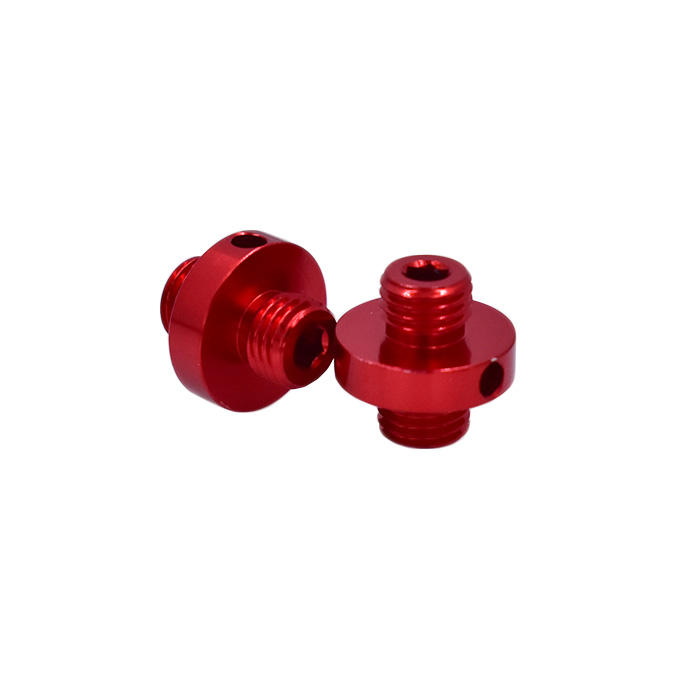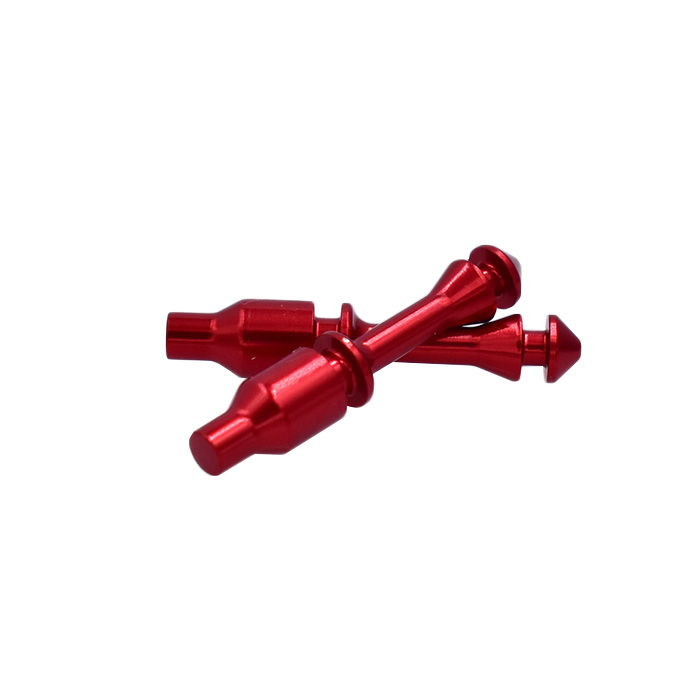How does the choice of aluminum alloy impact the strength, weight, and durability of bike components?
The choice of aluminum alloy has a significant impact on the strength, weight, and durability of
aluminium bike part components. Here's how the choice of aluminum alloy influences these key factors:
Strength:
Aluminum alloys can vary widely in terms of strength. High-strength alloys, such as those in the 7000 series (e.g., 7075), exhibit greater strength compared to lower-strength alloys like those in the 6000 series (e.g., 6061). The choice of alloy influences the strength of critical components like frames, handlebars, and forks.
Weight:
Aluminum is known for its excellent strength-to-weight ratio, making it a popular choice for bike components where minimizing weight is crucial. Alloys with higher strength often allow for the design of lighter components without sacrificing structural integrity. For example, 7000 series alloys are generally stronger but may have a slightly higher density than 6000 series alloys.
Durability:
Durability is a combination of strength, fatigue resistance, and resistance to wear and corrosion. High-strength alloys, such as 7000 series, are often used in applications where durability is critical, such as in mountain bike frames or components subjected to high stress. The choice of alloy can influence the overall lifespan and robustness of bike parts.
Fatigue Resistance:
Aluminum alloys differ in their fatigue resistance, which is crucial for components that undergo repeated stress cycles. Alloys with good fatigue resistance can withstand the demands of cycling, preventing fatigue failure over time. The 7000 series is often favored for applications where high fatigue resistance is required.
Formability and Machinability:
The formability and machinability of aluminum alloys impact how easily they can be shaped and processed during manufacturing. Alloys with good formability allow for complex designs, while good machinability is essential for precision machining. The 6000 series, such as 6061, is known for its excellent formability, making it suitable for various components.
Weldability:
Weldability is a crucial factor for components that require welding during manufacturing, such as bike frames. Some aluminum alloys, like 6000 series, exhibit good weldability, ensuring that welded joints maintain strength and integrity.
Corrosion Resistance:
While aluminum is naturally corrosion-resistant, the specific alloy can influence its corrosion resistance in certain environments. Some alloys, like those with a higher copper content, may be more susceptible to corrosion. Protective coatings or treatments can enhance corrosion resistance, especially for components exposed to harsh conditions.
Cost Considerations:
The cost of different aluminum alloys varies, and the choice of alloy can impact the overall cost of manufacturing bike components. Generally, alloys with higher strength and specific desirable properties may be more expensive.
Specific Component Requirements:
Different bike components have unique requirements. For example, a lightweight frame may benefit from a high-strength alloy, while a durable crankset may prioritize a balance of strength and weight. The choice of alloy is often tailored to meet the specific demands of each component.
The choice of aluminum alloy plays a critical role in determining the strength, weight, and durability of bike components. Engineers and manufacturers carefully select alloys based on the desired characteristics for each specific application, balancing factors such as strength, weight, formability, fatigue resistance, and cost to optimize the overall performance and functionality of the bicycle.













